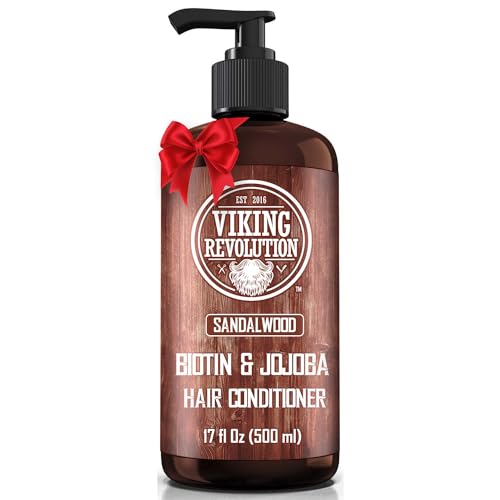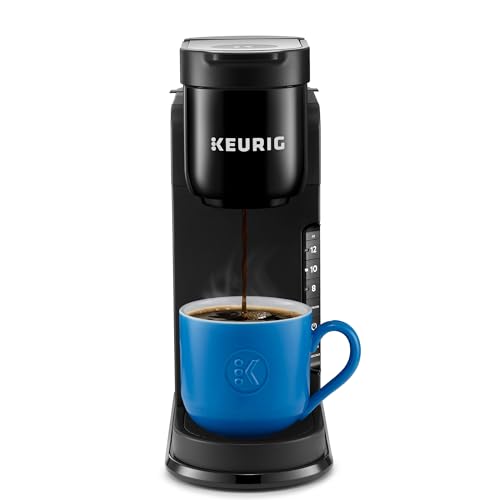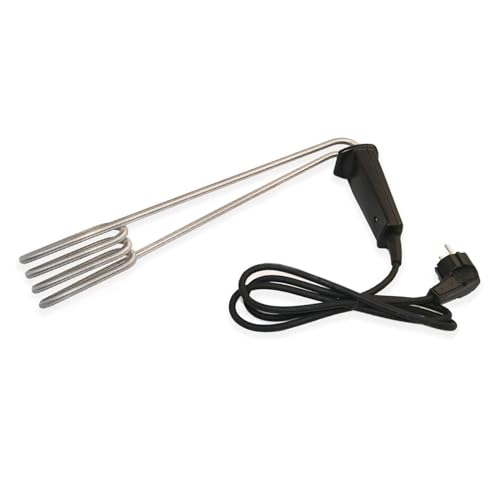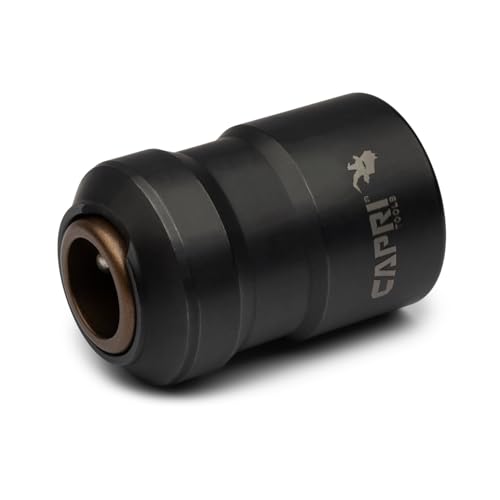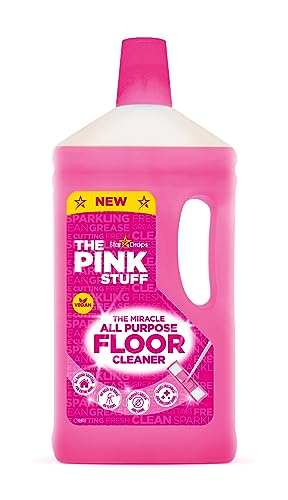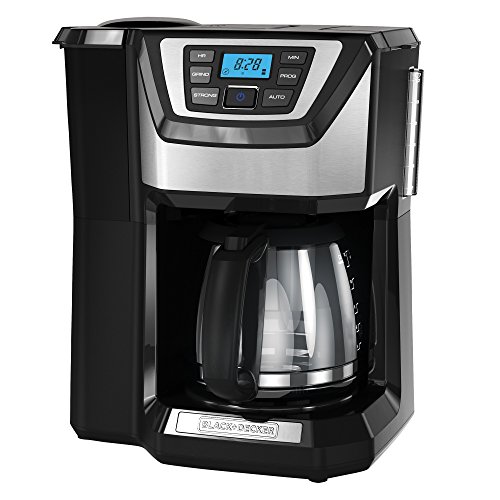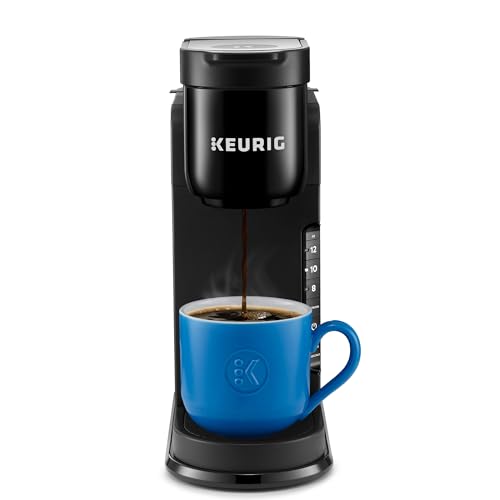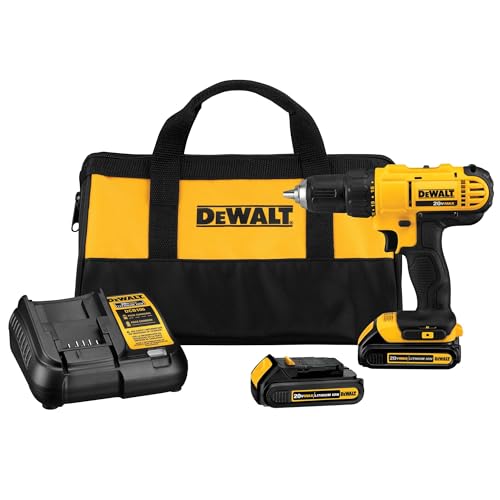Choosing the right drill size can be confusing. 1/2 and 3/8-inch drills are popular options.
Each has its own benefits and uses. When it comes to picking between a 1/2-inch and a 3/8-inch drill, understanding their differences can save time and money. The 1/2-inch drill is often more powerful and better for heavy-duty tasks. On the other hand, the 3/8-inch drill is lighter and easier to handle, making it ideal for everyday jobs.
Knowing which drill suits your needs can make all the difference in your projects. In this post, we will compare these two drills to help you make an informed choice. Whether you’re a DIY enthusiast or a professional, this guide will provide valuable insights.
Introduction To Drill Sizes
Choosing between a 1/2 and 3/8 drill depends on your project needs. The 1/2 drill offers more power for heavy-duty tasks. The 3/8 drill is lighter and ideal for smaller jobs.
Choosing the right drill size can be confusing. There are many sizes available. This blog post will help you understand the difference between 1/2 inch and 3/8 inch drills. Knowing the correct size for your task is essential. It makes your work easier and safer.Understanding Drill Size Notation
Drill size notation can seem complicated. The sizes are usually given in inches or millimeters. For example, 1/2 inch and 3/8 inch refer to the diameter of the drill bit. A 1/2 inch drill bit is larger than a 3/8 inch drill bit. This means it makes a bigger hole.Importance Of Choosing The Right Size
Choosing the right drill size is important. It affects the quality of your work. Using the wrong size can damage your materials. It can also make your job harder. Always check the size needed for your project. This ensures you get the best results. “`1/2 Inch Drill Features
The 1/2 inch drill is a popular tool among DIY enthusiasts and professionals. Its size makes it versatile for various tasks, and it offers several key features. Let’s explore what makes the 1/2 inch drill stand out.
Power And Torque
The 1/2 inch drill packs a lot of power. It is designed to handle tough materials like metal and dense wood. This drill offers high torque, making it ideal for heavy-duty tasks. The power and torque ensure efficient drilling, reducing the effort required. It is a reliable choice for demanding projects.
Common Applications
The 1/2 inch drill is used in many applications. It is perfect for construction and woodworking. You can use it to drill large holes and drive thick screws. This drill is also suitable for masonry work. Its versatility makes it a must-have tool in any toolbox. Whether you are a professional or a DIYer, the 1/2 inch drill meets your needs.
3/8 Inch Drill Features
The 3/8 inch drill is a popular choice for many. It offers a balance of power and control. This makes it suitable for various tasks. Let’s explore its features in detail.
Versatility And Precision
The 3/8 inch drill is known for its versatility. It can handle different materials like wood, plastic, and metal. This makes it a go-to tool for many DIY projects. Its smaller size allows for greater precision. You can drill smaller holes with accuracy. This is important for tasks that need careful attention.
Ideal Uses
This drill is perfect for household repairs. Hanging pictures or assembling furniture becomes easy. It’s also great for light construction work. Craft enthusiasts find it useful too. Building models or small crafts is more manageable with a 3/8 inch drill.
In summary, the 3/8 inch drill is a versatile and precise tool. It’s ideal for a wide range of tasks. Whether for home repairs or crafts, it meets many needs.
Comparing Power And Performance
Choosing between a 1/2 inch drill and a 3/8 inch drill can be tricky. Both tools have distinct advantages. Let’s break down their power and performance to help you decide which is best for your needs.
Motor Strength
When discussing motor strength, the 1/2 inch drill often stands out. It typically has a more powerful motor. This is ideal for heavy-duty tasks. Tasks like drilling through tough materials.
On the other hand, the 3/8 inch drill usually has a less powerful motor. But it’s perfect for lighter tasks. Such as drilling into wood or plastic. Its smaller motor makes it easier to handle for longer periods.
| Drill Type | Motor Strength | Best For |
|---|---|---|
| 1/2 inch | High | Heavy-duty tasks |
| 3/8 inch | Moderate | Lighter tasks |
Battery Life
Battery life is another crucial factor. The 1/2 inch drill, with its powerful motor, tends to consume more power. This results in shorter battery life. It’s important to consider if you will be using the drill for extended periods.
The 3/8 inch drill, on the other hand, consumes less power. This means longer battery life. It’s more efficient for tasks that require less power and more precision.
- 1/2 inch drill: Shorter battery life, more power consumption.
- 3/8 inch drill: Longer battery life, less power consumption.
Choosing the right drill depends on your specific needs. If you need power for tough jobs, go for the 1/2 inch drill. If you need longer battery life and precision, the 3/8 inch drill is your best bet.
Weight And Handling
Weight and Handling are key factors to consider when choosing between a 1/2-inch and a 3/8-inch drill. The weight and how each drill handles can impact your comfort and efficiency during projects. Let’s dive into the specifics under two key subheadings:
Ergonomics
The 1/2-inch drill is often heavier than the 3/8-inch drill. This can affect how long you can use it without fatigue. The extra weight may offer more stability but can be tiring for long tasks.
On the other hand, the 3/8-inch drill is lighter. This makes it easier to hold for extended periods. It is ideal for overhead work or tasks that require precision. The lighter weight can reduce strain on your wrist and arm.
Both drills come with ergonomic handles. These handles are designed to provide a comfortable grip. Look for drills with rubberized grips for added comfort and control.
Ease Of Use
The 1/2-inch drill is generally more powerful. It can handle tougher materials. Yet, its weight can make it harder to maneuver in tight spaces.
The 3/8-inch drill is easier to handle in confined areas. Its lighter weight and compact design make it user-friendly. This drill is perfect for DIY projects and light to medium tasks.
| Feature | 1/2-inch Drill | 3/8-inch Drill |
|---|---|---|
| Weight | Heavier | Lighter |
| Handling | More stable, but tiring | Easy to maneuver |
| Ideal Use | Tougher materials | Light to medium tasks |
Choose the 1/2-inch drill for power and stability. Opt for the 3/8-inch drill for ease of use and handling. Your choice depends on the nature of your projects and your comfort level.
Drill Accessories Compatibility
Choosing the right drill size involves more than just the drill itself. The accessories you use can significantly impact your project’s success. Understanding the compatibility of 1/2 and 3/8 drills with various accessories helps you make informed decisions.
Bits And Attachments
1/2 inch drills offer greater versatility with bits and attachments. They can handle larger diameter bits, making them suitable for heavy-duty projects. Common bits used with 1/2 inch drills include:
- Spade bits
- Auger bits
- Masonry bits
3/8 inch drills are more limited in bit compatibility. They are ideal for smaller, more precise tasks. Common bits for 3/8 inch drills include:
- Twist bits
- Brad point bits
- Forstner bits
Material Suitability
The material you are drilling into influences the choice between 1/2 inch and 3/8 inch drills.
| Material | 1/2 inch Drill | 3/8 inch Drill |
|---|---|---|
| Wood | Yes, suitable for large holes | Yes, suitable for small holes |
| Metal | Yes, with larger bits | Yes, with smaller bits |
| Masonry | Yes, ideal with masonry bits | Limited, less effective |
1/2 inch drills are better for dense materials like masonry. They provide the power needed to penetrate hard surfaces. 3/8 inch drills work well with softer materials like wood and metal.
Cost Considerations
When choosing between a 1/2 inch and a 3/8 inch drill, cost plays a crucial role. Understanding the initial investment and long-term value helps make an informed decision.
Initial Investment
The initial cost of a 1/2 inch drill is usually higher. These drills often come with more power and versatility. A 3/8 inch drill, in contrast, tends to be cheaper. It is more suited for lighter tasks and casual use. Consider your budget and the type of projects you plan to tackle.
Long-term Value
In the long run, a 1/2 inch drill offers better value. It handles more demanding tasks and lasts longer. Frequent users will appreciate its durability and performance. A 3/8 inch drill is ideal for occasional use. It may not withstand heavy-duty projects over time. Think about how often you will use the drill and for what purposes. Investing in a quality tool now can save money later.
Making The Right Choice
Choosing between a 1/2 inch and a 3/8 inch drill can be tricky. These tools serve different purposes. Understanding which one fits your needs best is key.
Project Requirements
Consider the materials you plan to drill. A 1/2 inch drill handles tougher tasks. It’s great for wood and metal. A 3/8 inch drill is better for lighter jobs. It suits softwood and plastic.
Think about the size of the holes needed. Larger holes need a 1/2 inch drill. Smaller holes can be done with a 3/8 inch drill. Each drill has its own strengths.
User Skill Level
Evaluate your skill level. Beginners may find a 3/8 inch drill easier to handle. It’s lighter and less powerful. This makes it simpler to control.
Experienced users might prefer a 1/2 inch drill. It offers more power and versatility. This drill can tackle various tasks. Choose based on your comfort and experience.
Maintenance And Longevity
Maintaining your drill is essential for ensuring its longevity. Whether you have a 1/2-inch or 3/8-inch drill, proper care can make a significant difference. This section provides tips on keeping your drill in excellent condition, covering care tips, warranty, and support.
Care Tips
- Regular Cleaning: Clean your drill after each use to remove dust and debris.
- Lubrication: Regularly lubricate moving parts to reduce wear and tear.
- Battery Care: If using a cordless drill, charge the battery fully before storing.
- Storage: Store your drill in a dry place to prevent rust and damage.
- Inspection: Check for loose screws or parts periodically and tighten them.
Warranty And Support
Understanding the warranty and support for your drill is crucial. Different brands offer varying levels of support and warranty coverage. Here is a comparison of typical warranties for 1/2-inch and 3/8-inch drills:
| Drill Type | Typical Warranty | Support |
|---|---|---|
| 1/2-inch Drill | 3-5 years | Phone, Email, Online Chat |
| 3/8-inch Drill | 2-4 years | Phone, Email |
When purchasing a drill, always check the warranty details. This ensures you get the best support if issues arise. Most manufacturers provide support through various channels, including phone, email, and online chat.
Frequently Asked Questions
What Is The Difference Between 1/2 And 3/8 Drill?
The 1/2 drill is larger and more powerful than the 3/8 drill. It is better for heavy-duty tasks. The 3/8 drill is more compact and suitable for lighter work. Choose based on your project requirements.
Which Drill Is Best For Home Use?
For home use, the 3/8 drill is more versatile and easier to handle. It’s perfect for general household tasks. The 1/2 drill is better for heavy-duty projects.
Can I Use A 3/8 Drill For Masonry?
Yes, but a 1/2 drill is more suitable for masonry work. The 1/2 drill has more power and is better for drilling into tough materials like brick or concrete.
Which Drill Is More Versatile?
The 3/8 drill is more versatile for everyday tasks. It’s lighter and easier to use for various applications around the house. The 1/2 drill is better for heavy-duty tasks.
Conclusion
Choosing between a 1/2 and 3/8 drill depends on your tasks. For heavy-duty jobs, go for a 1/2 drill. It offers more power and versatility. For lighter tasks, a 3/8 drill works well. It’s lighter and easier to handle. Both have their strengths.
Consider your needs and pick the right one. Always prioritize safety and quality. Make informed decisions. Happy drilling!

Every home has a story, and I’m here to help you write yours. At Nest ICU, I blend a passion for design with practical expertise to inspire homeowners to transform their spaces into something extraordinary. From cozy bedrooms to stunning outdoor retreats, I believe the magic of a dream home lies in the details—and I’m here to share them with you.
Have questions, ideas, or just want to chat about your next project? Reach out to me at admin@nesticu.com. Let’s turn your vision into a masterpiece, one room at a time. Your dream space is just a click away.

